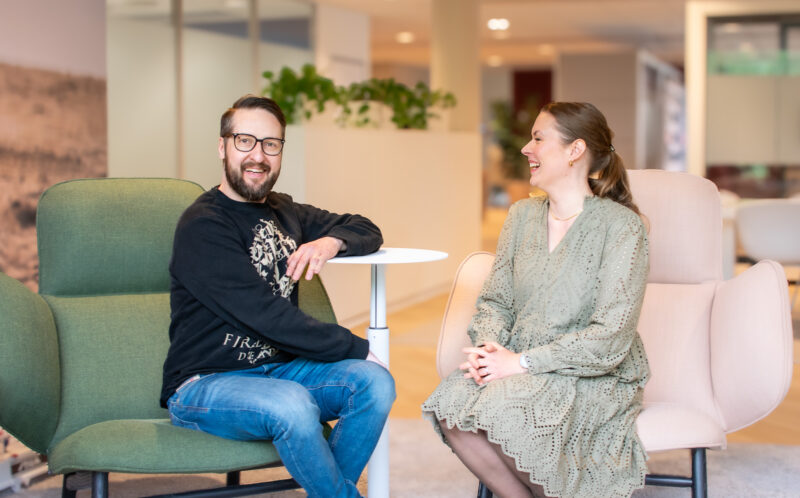Is your company making this mistake, too? Faulty processes are bad for employee and customer experience
Customer and employee experiences are often thought of as separate topics in companies, which is bad for both. When poorly functioning systems and processes cause customer service professionals and subject matter experts alike to bang their heads against the wall, the bad experience shows through, especially for the customer. Juha Kujala, Chief Technology Officer at Sofigate, explains what most companies are missing when it comes to CX and EX.
Imagine a patient sitting at the doctor’s office, where most of their time is spent with the doctor struggling with a system jungle on the computer. Or imagine you call the customer service of a food company about a strange taste in their product: a terrible hassle begins, where customer service must hunt down possible causes for the taste, shifting through information week by week through the organisation and supply chain.
The experiences described above are hardly ideal from the customer’s or employee’s point of view.
Currently, in many businesses, customer service simply shares feedback forward, and (in the worst-case scenario) e-mails and chat messages fly backward and forwards before they finally land on the desk of a subject matter expert who has no way of knowing the details given by the customer. As a result, the customer gets just a vague answer, is unhappy about it, and will not buy the product or service the next time around.
What about our patient at the doctor’s office? They left the doctor’s office feeling like they were not listened to – after all, the doctor mostly focused on their computer rather than their speaking to them about their issue. At the same time, the doctor feels the hard-to-use system took up valuable time that they would have wanted to spend listening to the patient’s concerns. At the end of the day, they are both left frustrated.
What’s the problem?
In my opinion, both examples above have two things in common. First, they share the same flawed idea that customer service is the responsibility of one single entity. Second, many organisations still do not see the link between the customer and employee experience. This becomes clear in development projects where support functions (HR, IT, finance, etc.) and customer service are developed separately and the connection between the functions and customer is not recognised, for example.
It’s true: When technology serves people, work efficiency grows. Read three success stories!
Technology does not solve the problem if the digital leap translates to the employee having just more tools to deal with. At its worst, this can leave the employee with a flood of messages, tasks, requests, and newsfeeds, which often sadly leads to a confusing experience for the customer.
Efficient processes = better experience
When workflows are designed to be seamless from first contact with the customer all the way to the support function, such as HR, systems can be made to serve people – and not the other way around.
Digital workflows give employees the power to direct and streamline their work in a controlled way, through a software robot or light development tools, for example. The ability to identify places of automation at work saves many hours spent on trivial cut and paste-type tasks.
Companies that realise the above will improve their productivity. They can also improve their employee experience significantly. Sporadic investments into improving customer experience do nothing to mask bad employee experience, but investments in employee experience will directly support the customer experience, too.
When data flows smoothly through your organisation and ecosystem workflows, the right answer is always available to the customer service person. This saves time, effort – and especially nerves – for both the customer and employee.
 Juha Kujala is chief technology officer at Sofigate Service Management. His professional passion is to lead organizations and ecosystems towards excellent service by taking advantage of the potential of new technologies and methodologies. Juha has strong experience in ServiceNow architecture and service development management – in the environments of both customers and service providers.
Juha Kujala is chief technology officer at Sofigate Service Management. His professional passion is to lead organizations and ecosystems towards excellent service by taking advantage of the potential of new technologies and methodologies. Juha has strong experience in ServiceNow architecture and service development management – in the environments of both customers and service providers.


